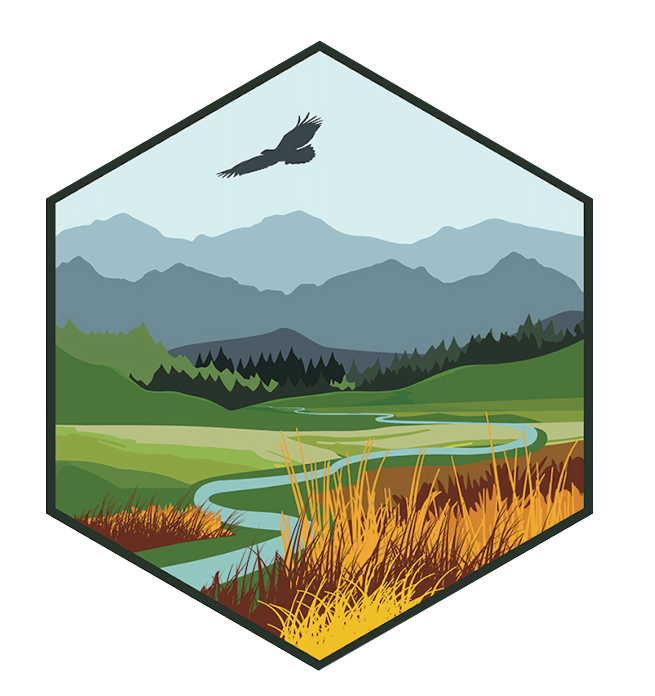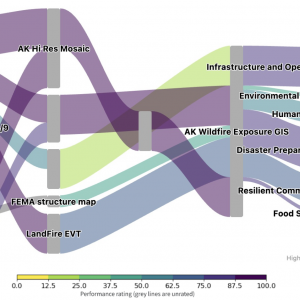When
The US Arctic Observing Network (US AON) was created to support coordinated multi-agency improvements to Arctic data collection (observing, monitoring) and sharing systems to better support societal benefit. It developed its BENEFIT methods and tool in alignment with agency (e.g. NOAA) and interagency (US Group on Earth Observations) efforts, but adapted to encompass Arctic-specific considerations like subsistence-based food security and escalating environmental threats in rural communities. This talk will describe US AON’s approach to societal benefit assessment and present the results of its application toward gaps assessment in the areas of risk management and hazard mitigation in the Alaskan Arctic. Focal areas in this work include wildland fires, coastal flooding, landslides, and aviation weather.


